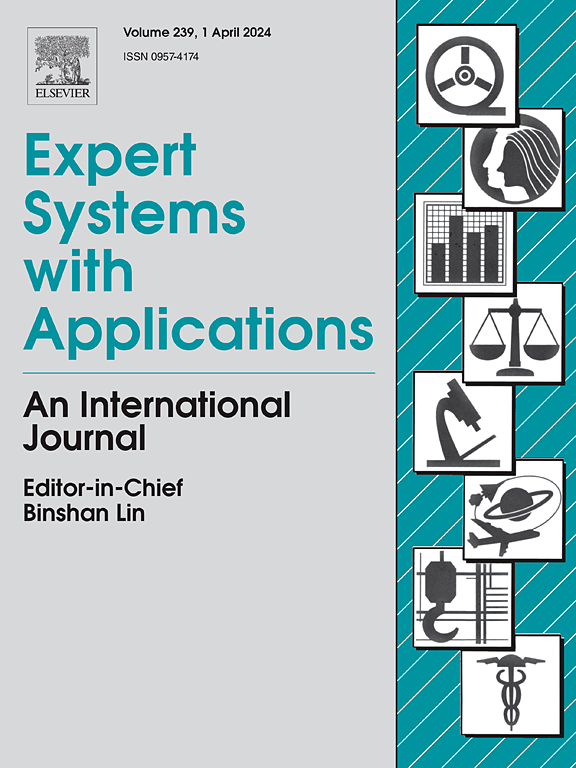Predatory-imminence-continuum-inspired graph reinforcement learning for interactive motion planning in dense traffic
IF 7.5
1区 计算机科学
Q1 COMPUTER SCIENCE, ARTIFICIAL INTELLIGENCE
引用次数: 0
Abstract
This study introduces the Predatory-Imminence-Continuum-Inspired Graph Reinforcement Learning (PICI-GRL) algorithm, tailored for navigating unprotected interactive left turns in dense traffic scenarios—one of the most daunting challenges in autonomous driving. It unveils an innovative Reinforcement Learning (RL) framework that merges the Knowledge-Based Graph Attention Network (KBGAT) module with the Predatory-Imminence-Continuum-Inspired Auxiliary Loss Function (PICI-ALF), thereby creating connections between AI, neuroscience, and psychology. The KBGAT module integrates domain expert knowledge and a novel metric of vehicle relative aggression to improve the understanding of inter-vehicular interactions and risk evaluation. Leveraging the Predatory Imminence Continuum (PIC) theory from neuroscience, the PICI-ALF smartly divides the motion-planning process into three linked phases: pre-encounter, post-encounter, and circa-strike, utilizing an auxiliary loss function in the RL actor network with adaptive weighting coefficients to dynamically fine-tune interaction strategies and objectives, ensuring fluid transitions between phases. Simulated tests in dense traffic with environmental uncertainty and diverse interactions have shown this method’s superiority over two baseline approaches, significantly increasing the success rate of unprotected left turns while decreasing collision rates and time-to-goal, striking an optimal balance between safety and efficiency.
求助全文
约1分钟内获得全文
求助全文
来源期刊

Expert Systems with Applications
工程技术-工程:电子与电气
CiteScore
13.80
自引率
10.60%
发文量
2045
审稿时长
8.7 months
期刊介绍:
Expert Systems With Applications is an international journal dedicated to the exchange of information on expert and intelligent systems used globally in industry, government, and universities. The journal emphasizes original papers covering the design, development, testing, implementation, and management of these systems, offering practical guidelines. It spans various sectors such as finance, engineering, marketing, law, project management, information management, medicine, and more. The journal also welcomes papers on multi-agent systems, knowledge management, neural networks, knowledge discovery, data mining, and other related areas, excluding applications to military/defense systems.
 求助内容:
求助内容: 应助结果提醒方式:
应助结果提醒方式:


